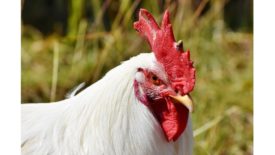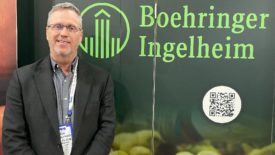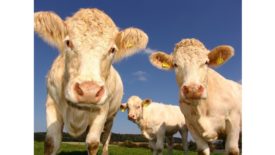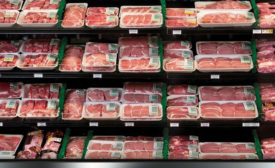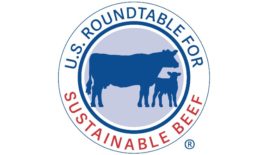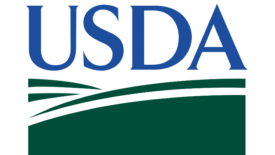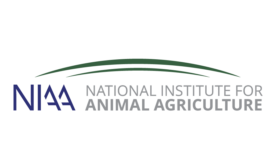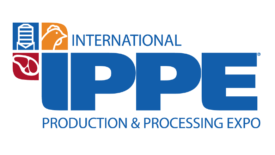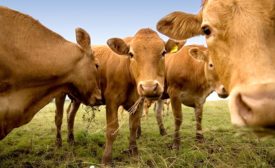Home » Keywords: » animal welfare
Items Tagged with 'animal welfare'
ARTICLES
Over 230 companies in the US commit to offering their customers only higher-welfare products from healthier chickens.
Read More
The National Provisioner Podcast
Episode 169: Taking a holistic approach to poultry health
March 29, 2024
LSU researcher develops vaccine against bovine respiratory disease
Development could save around 8 million calves each year.
Read More
Special Report: Regulatory Update 2024
The challenge of animal confinement enforcement commences in three states
The laws’ scope raises questions for suppliers in neighboring states and beyond.
Read More
USRSB General Assembly Meeting and Beef Sustainability Tour planned
U.S. Roundtable for Sustainable Beef event is scheduled for April 30 to May 2, 2024.
Read More
Latin American Poultry Summit narrows in on avian influenza, animal welfare management
Speaker presents composting as an option for disposing of dead birds.
Read More
Virginia facility hit with civil penalties and license revocation over repeated Animal Welfare Act violations
Civil penalties total more than $300,000.
Read More
NIAA selects Third Cohort for the Advanced Training for Animal Agriculture Leaders Program
The leadership program provides professional development for animal agriculture leaders.
Read More
USPOULTRY presents poultry research and findings at IPPE
Researchers review their USPOULTRY-funded research projects completed during 2023.
Read More
State of the Industry 2023: Animal Welfare
Animal ag industry struggles to define sustainability
Animal agriculture in the U.S. has made leaps and bounds of progress toward emission reductions.
Read More
Get our new eMagazine delivered to your inbox every month.
Stay in the know with The National Provisioner's comprehensive coverage of the meat and poultry processing industry.
SUBSCRIBE TODAY!Copyright ©2024. All Rights Reserved BNP Media.
Design, CMS, Hosting & Web Development :: ePublishing
